Hai Phong is an ancient land with a long history, culture and social traditions.
The formation and development of Hai Phong is closely linked to the evidence of prehistoric people at the Cai Beo (Cat Ba) archaeological site belonging to the Ha Long Culture, about 4,000 to 6,000 years ago; with the formation of the Red River civilization belonging to the Dong Son culture with the evidence of people at the Trang Kenh (Thuy Nguyen) and Voi Mountain (An Lao) archaeological sites, from 2,000 to more than 3,000 years ago; with the legend about the name of female general Le Chan - who founded Trang An Bien in the early AD - the cradle of the formation of Hai Phong city today.
As the land of the waves, the wind, the eastern "fence" of the country, Hai Phong has a strategic position in the entire process of building and defending the country of our people. Hai Phong people with their ardent patriotism, bravery, resilience, dynamism, and creativity have witnessed and participated in many strategic battles in the war of national liberation and defense of the Fatherland.
Hai Phong is a land that left a strong mark in the history of fighting against foreign invaders from the North with victories on the Bach Dang River: the Bach Dang battle in 938 of Ngo Quyen, the Bach Dang battle in 981 of Le Hoan, the Bach Dang battle in 1288 of Tran Hung Dao. During the Mac Dynasty, because this was the homeland of the Mac Dynasty, this area was given attention to be built into a second capital called Duong Kinh.
In 1870-1873, Bui Vien, assigned by King Tu Duc, carried out the construction of a port at the mouth of the Cam River called Ninh Hai and a coastal defense base next to it, called Nha Hai Phong Su. When France fought the first war in Tonkin in 1873-1874, at this Ninh Hai port, the Nguyen Dynasty and France established a joint tax office to manage trade in this area called Hai Duong Thuong Chinh Quan Phu.
Hai Phong city today was decided to be established by the National Assembly of the Democratic Republic of Vietnam (now the National Assembly of the Socialist Republic of Vietnam) on October 27, 1962, on the basis of merging the old Hai Phong city and Kien An province.
Hai Phong is a locality rich in revolutionary tradition.
In the late 19th and early 20th centuries, as the “Great Port of Tonkin”, an important traffic hub on the international maritime route and an industrial center, Hai Phong became one of the cradles marking the birth of the working class and the Vietnamese workers’ movement fighting against the national and class oppression of French colonialism. As one of the first localities in the country to receive and experience Marxism-Leninism propagated by leader Nguyen Ai Quoc into the country, Hai Phong played an important role in the process of promoting the establishment of the Communist Party of Vietnam from 1925-1930.
In early April 1929, the first communist organization in Hai Phong was established. In April 1930, the Communist Party of Vietnam in Hai Phong city was established, one of the few first established parties in the country.
Since the Party's leadership, the workers' movement and the patriotic movement of the people of Hai Phong have been more vibrant than ever. Hai Phong was one of the centers of the revolutionary movement of the whole country during the revolutionary peaks of 1930-1931, 1936-1939 and 1939-1945. During the peak of the resistance against Japan to save the country, Hai Phong-Kien An was where the Viet Minh movement developed strongly. On July 12, 1945, the people of Kim Son (Kien Thuy) rose up to establish the Liberation Committee and successfully resisted Japan. The sound of the Kim Son drum opened the process of partial uprisings, leading to the General Uprising to seize power in the August Revolution of 1945 in the Northern Coastal region. Following the general uprising order, within just 10 days from August 15 to 25, 1945, the puppet government at all levels of the enemy in Hai Phong and Kien An was smashed by the revolutionary forces, and a revolutionary government was established. The people of Hai Phong, together with the people of the whole country, rose up to smash the chains of slavery, gain independence and freedom, and build the Democratic Republic of Vietnam, the first worker-peasant state in Southeast Asia.
Hai Phong Liberation Event (May 13, 1955):
The August Revolution succeeded, and the Democratic Republic of Vietnam was born. However, due to their ambition to invade, the French colonialists provoked again, waged a new war, and were determined to destroy the first worker-peasant state in Southeast Asia.
On November 20, 1946, the resistance war against French colonialism broke out in Hai Phong. The Party Committee, army and people of Hai Phong-Kien An successfully waged a comprehensive people's war right in the enemy's temporarily occupied area, achieved many outstanding feats, created the tradition of "heroic Route 5", "Route 10 uprising", So Dau, Cat Bi were on fire; contributed to the historic victory of Dien Bien Phu "famous in five continents, shaking the earth", forcing the French colonialists to sign the Agreement to end the war and restore peace in Indochina.
However, unlike other localities, right after the historic victory of Dien Bien Phu, the Party Committee, army and people of Hai Phong entered a new battle - the period of "300 days of liberating the homeland".
During this time, the struggle against the enemy on the economic and political fronts was extremely fierce and determined. Under the leadership of the Party, the army and people of Hai Phong crushed the plots of the French colonialists and their henchmen to sabotage the Port City and the Geneva Agreement, firmly protecting the city.
On May 13, 1955, our troops marched into the city to take over. The forest of red flags with yellow stars proudly fluttered in the sky of Hai Phong, signaling the beginning of a new history. On May 15, 1955, the last French soldiers disembarked at Nghieng wharf (in present-day Do Son district) and withdrew from Hai Phong. Hai Phong was liberated from the yoke of French colonial rule.
From that historic day of May 13, 1955 until now, the Party Committee, army and people of Hai Phong city have continuously fought, built, developed, and made worthy contributions together with the entire Party, army and people of the whole country to gain great victories of profound historical and epoch-making significance in the 20th century and in the early years of the 21st century.
Provincial Information Portal













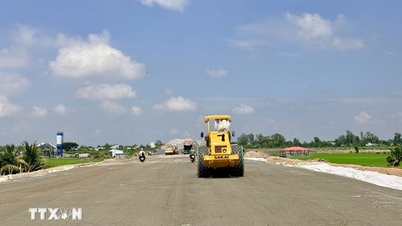






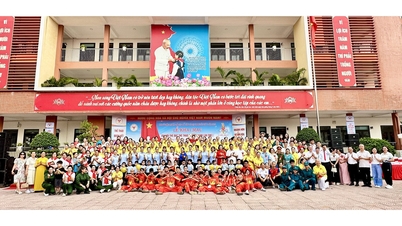

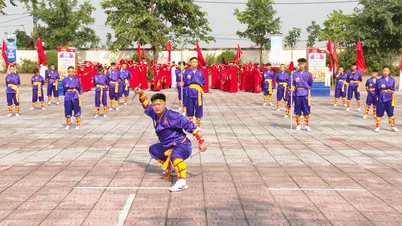





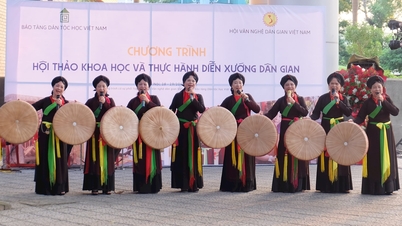





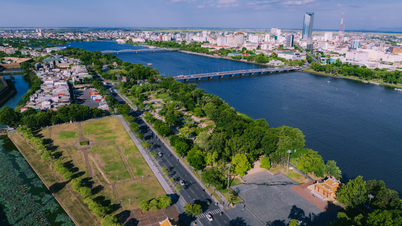









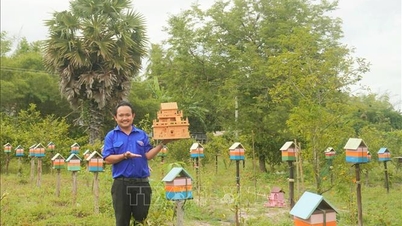


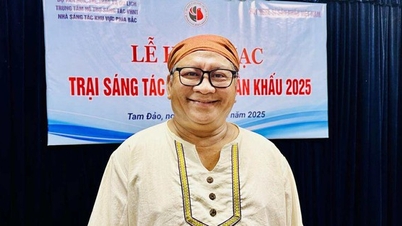










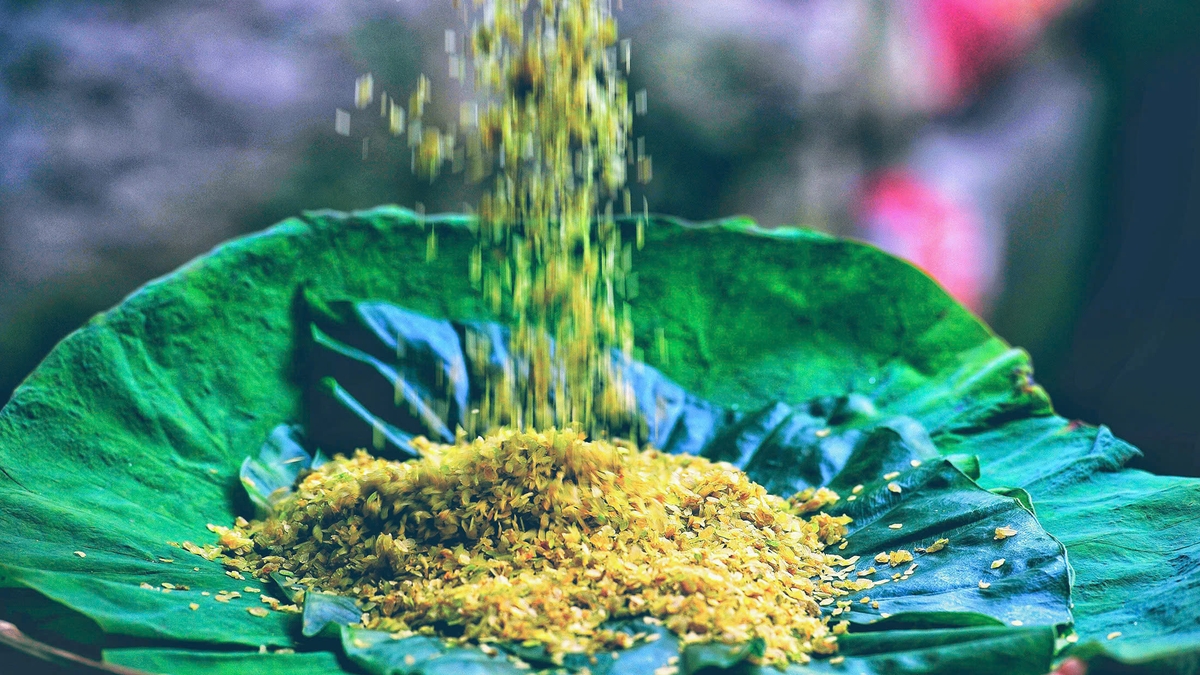





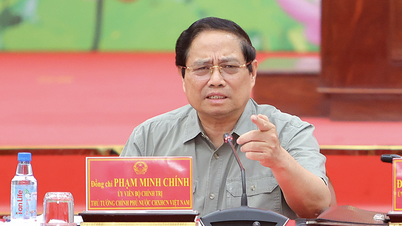




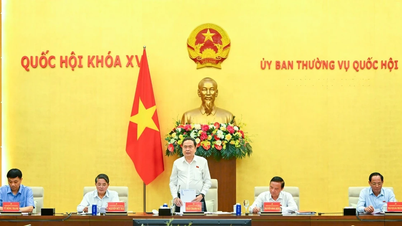
























Comment (0)